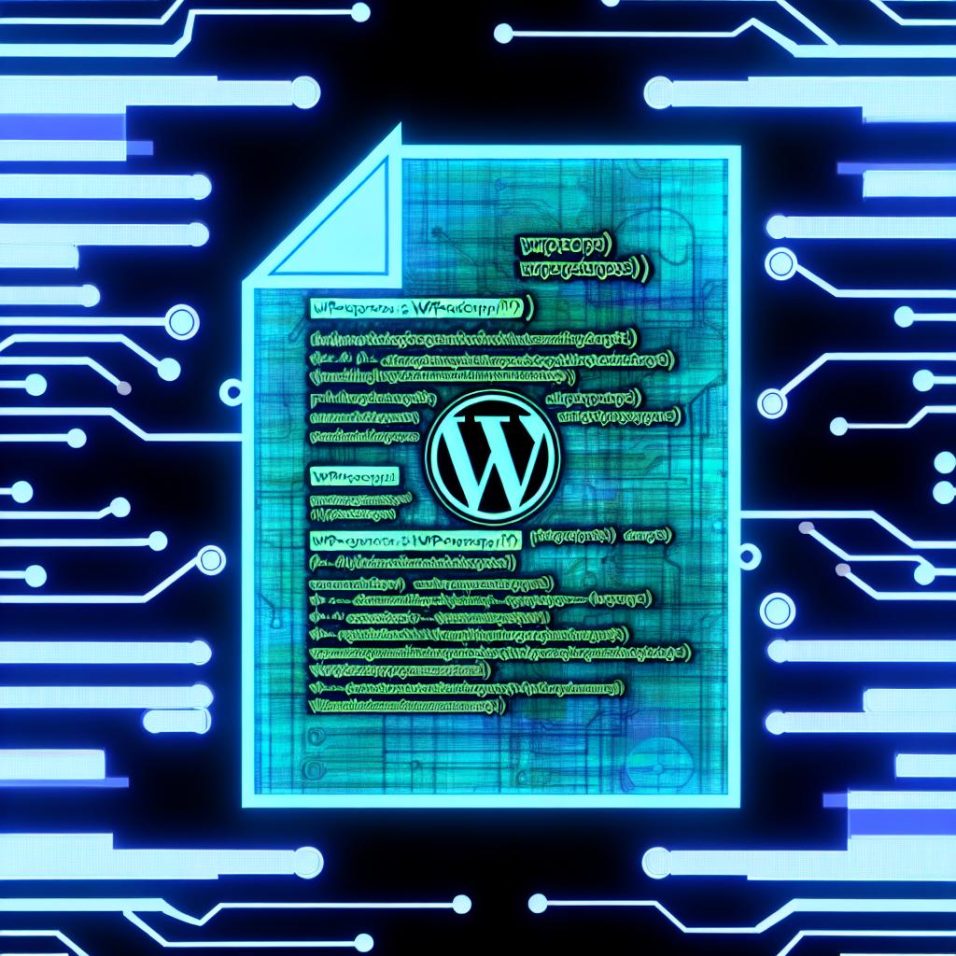The Importance of wp-config.php
The wp-config.php file is a fundamental component of a WordPress installation. It serves as the configuration file for your WordPress site and contains crucial settings needed for the site to function properly. Without this file, WordPress would not be able to connect to your database, and many other essential functionalities would be lost.
Role of wp-config.php in Database Connection
One of the primary roles of the wp-config.php file is to establish a connection between WordPress and your database. Key database information, including the database name, username, password, and host name, are stored within this file. Below is an example of how these details appear in the wp-config.php file:
“`php
/** The name of the database for WordPress */
define(‘DB_NAME’, ‘database_name_here’);
/** MySQL database username */
define(‘DB_USER’, ‘username_here’);
/** MySQL database password */
define(‘DB_PASSWORD’, ‘password_here’);
/** MySQL hostname */
define(‘DB_HOST’, ‘localhost’);
“`
For more information on how to configure your database settings, visit the official WordPress documentation.
Security Enhancements Through wp-config.php
The wp-config.php file also plays a pivotal role in enhancing the security of your WordPress site. This is achieved by defining security keys, which are used to protect user sessions and cookies. Sample security keys can be added as shown below:
“`php
define(‘AUTH_KEY’, ‘put your unique phrase here’);
define(‘SECURE_AUTH_KEY’, ‘put your unique phrase here’);
define(‘LOGGED_IN_KEY’, ‘put your unique phrase here’);
define(‘NONCE_KEY’, ‘put your unique phrase here’);
“`
Encrypting these keys enhances the security level of your site, helping to protect against online threats. Generate unique keys by visiting the WordPress secret-key service.
Adjusting Custom Settings and Debugging
Another significant function of wp-config.php is to allow the addition of custom settings and enable debugging. By defining specific constants, you can toggle features on and off. For instance, to activate debugging, you can set the following line in your wp-config.php file:
“`php
define(‘WP_DEBUG’, true);
“`
This setting will help you identify and rectify errors that may arise during theme and plugin development.
Managing Memory Usage
For sites that require more resources, you might need to increase the PHP memory limit. This can be done by adding the following line:
“`php
define(‘WP_MEMORY_LIMIT’, ‘256M’);
“`
Adjusting this value helps accommodate plugins and themes that demand higher memory usage.
Handling Automatic Updates
The wp-config.php file can also be used to control how WordPress handles automatic updates. While these updates can be beneficial in maintaining the site’s security and functionality, there might be cases when you want to manage them manually to ensure stability with custom themes and plugins. You can disable automatic updates by adding the line:
“`php
define(‘AUTOMATIC_UPDATER_DISABLED’, true);
“`
However, disabling updates should be carefully considered to avoid missing critical security patches.
Best Practices for Managing wp-config.php
The wp-config.php file should be handled with caution. Some best practices include always backing up your wp-config.php file before making any adjustments and avoiding public sharing of your file’s credentials and keys. For additional security, consider moving the wp-config.php file to a non-public directory.
For more detailed guidance, refer to the WordPress Codex.
Conclusion
By understanding and properly managing your wp-config.php file, you ensure that your WordPress site runs smoothly and securely. Mastery of this file’s settings not only fosters stronger security but also boosts performance, thus ensuring a better experience both for the site administrators and users.

